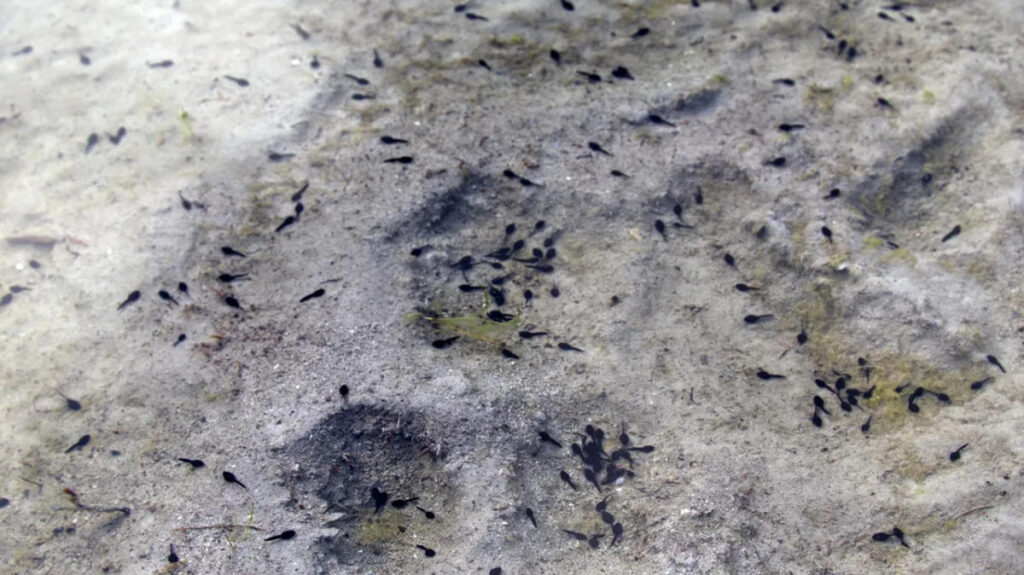In an extraordinary discovery, scientists in Argentina unearthed the world’s oldest tadpole fossil, dating back at least 161 million years to the Jurassic period. The find, which occurred in January 2020 but was publicly announced on October 30, 2024, has significant implications for our understanding of amphibian evolution. The fossil was a serendipitous discovery made by a research team initially focused on locating dinosaur fossils. Instead of dinosaur remains, they stumbled upon a remarkable piece of history embedded in a sandstone slab, highlighting the often unpredictable nature of paleontological research.
The fossil’s preservation is notably exquisite, containing crucial anatomical features such as parts of the tadpole’s skull and backbone, along with impressions of its eyes and nerve structures. This remarkable condition allows scientists to draw comparisons to modern tadpoles and gain insights into the evolutionary history of frogs. The study shed light on the life cycle of amphibians and their metamorphic processes. As Mariana Chuliver, a biologist involved in the study, stated, “It’s not only the oldest tadpole known, but also the most exquisitely preserved,” emphasizing the significance of this extraordinary specimen.
The type of tadpole discovered belongs to a Jurassic species known as Notobatrachus degiustoi. This species provides a wealth of information on the evolutionary lineage of modern frogs. One of the key similarities identified between the fossil and contemporary tadpoles is the “filter-feeding mechanism,” which is central to the diet of many tadpoles today. This connection not only reinforces the idea of evolutionary continuity between ancient and modern species but also allows scientists to further explore the adaptations that have occurred over millions of years.
Furthermore, the fossil’s size—approximately six inches long—provides an intriguing perspective on the growth of tadpoles throughout history. While modern frogs exhibit a wide range of sizes, the discovery of this captured tadpole gives insight into the life stages and sizes of amphibians in the Jurassic era. This ancient specimen brings to light questions about the ecological role that these prehistoric tadpoles played in their environment, as researchers continue to piece together the tapestry of life from long ago.
The meticulous examination of the tadpole fossil revealed features that have never been seen before in fossil records, such as preserved gill skeletons. The discovery underscores the importance of advances in technology and technique in paleontology, allowing researchers to unlock secrets hidden within ancient remains. Upon observing the fossil under a binocular microscope, Chuliver expressed her exhilaration, stating that the quality of preservation was unmatched compared to previous finds, marking a significant leap in our paleontological narrative.
In conclusion, the unearthing of the oldest tadpole fossil not only enriches our knowledge of evolutionary biology but also highlights the ongoing journey of scientific discovery. The implications of this finding extend beyond the individual specimen, fostering a deeper appreciation for the complexities of amphibian evolution and the intricate connections between past and present species. As researchers continue to explore similar sites, the potential for uncovering further historical treasures remains vast, promising to unveil even more about the life forms that thrived in prehistoric ecosystems.

